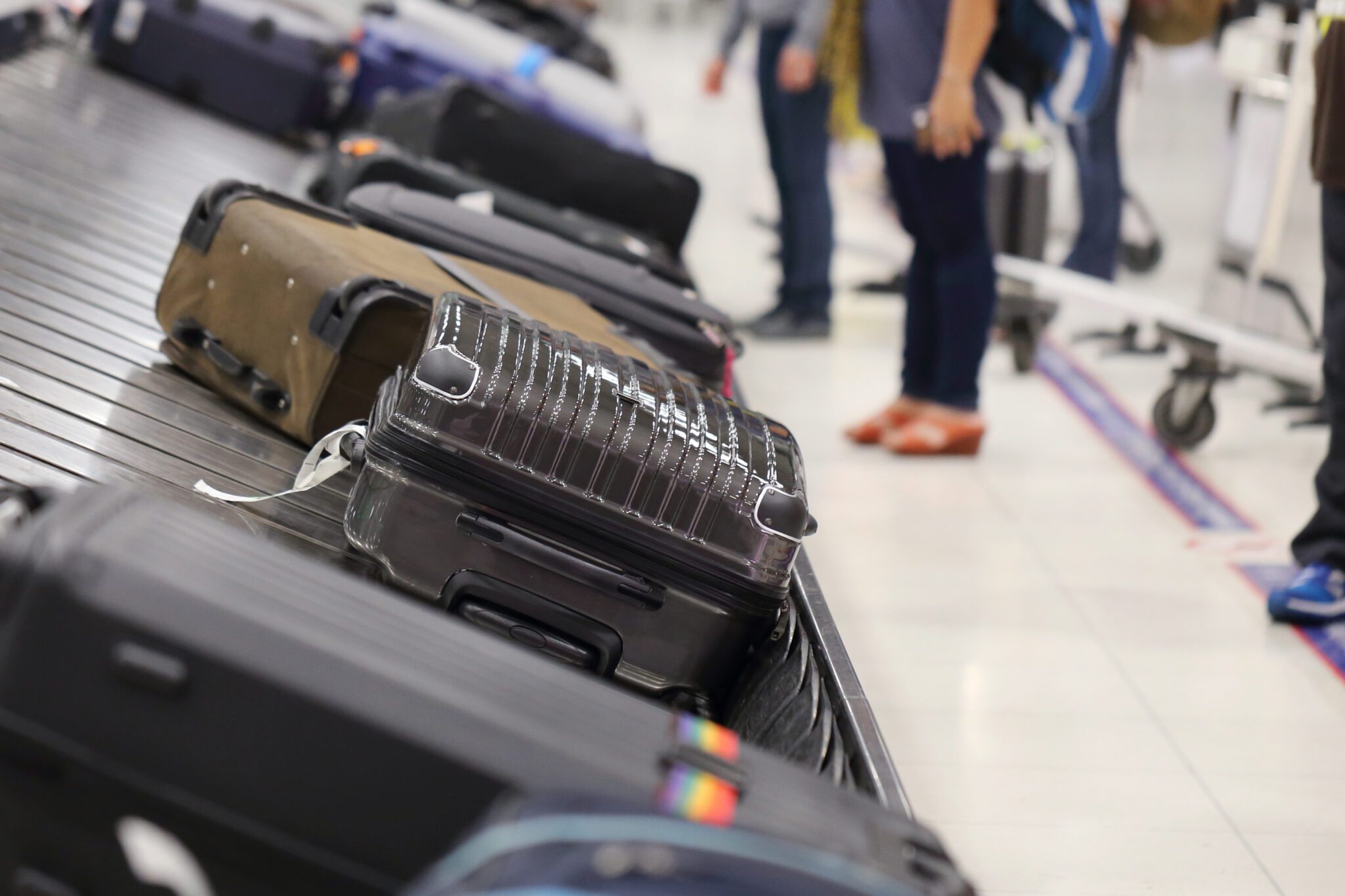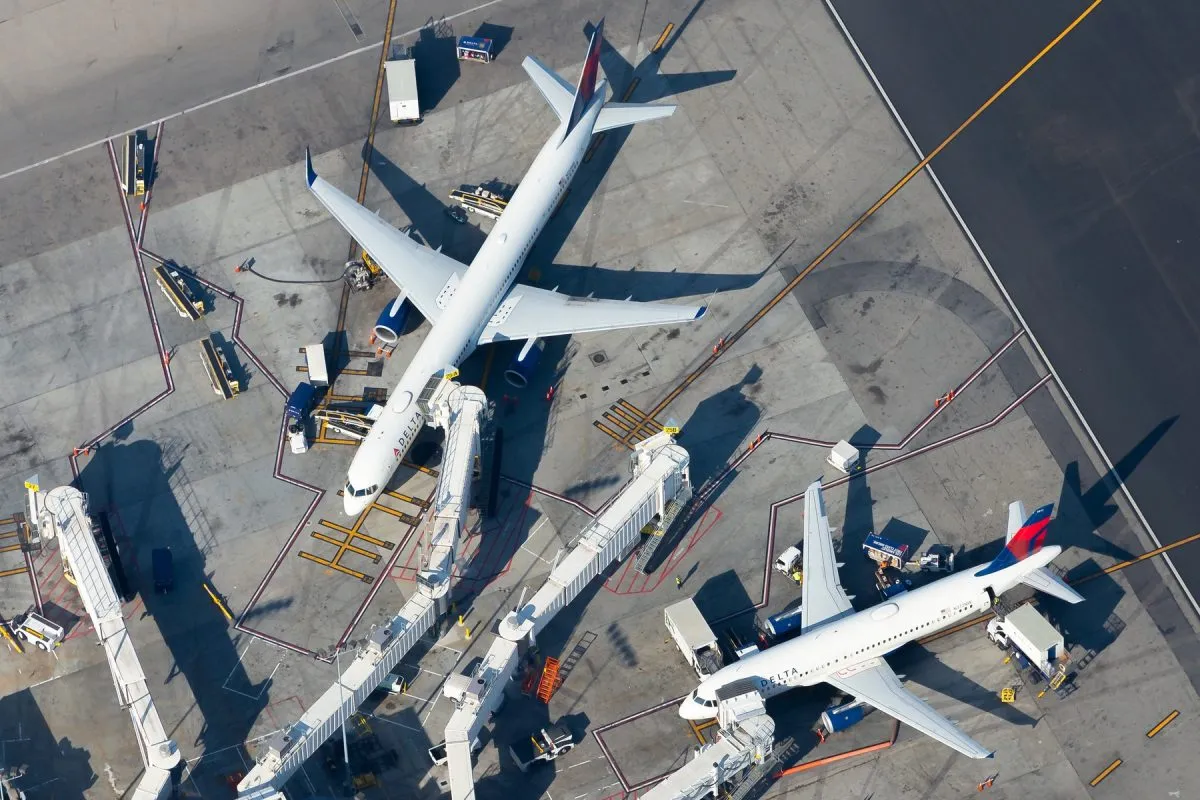JetBlue's Battle to Remain Dominant in Boston
Skift Take
As United Airlines and American Airlines retrench into their hubs, Delta Air Lines is trying a different strategy, chasing lucrative travelers in major cities where it has not historically had a major operation.
Starting in 2012, Seattle became Delta's focus, as it sought to grab share from Alaska Airlines. Now, with that effort still going, Delta is expanding in other markets, including Austin, Texas, Raleigh, North Carolina, and Boston.
This incursion is potential problem for JetBlue, which invested in Boston when few other carriers wanted to grow there, and has made the airport one of its three most important markets, along with New York and Fort Lauderdale. And while JetBlue executives said Tuesday on their third quarter earnings call that they're still performing fine in Boston, there are some indications business is not as strong as it was.
JetBlue executives said that "growth from a legacy airline" is depressing unit revenues from Boston, especially on leisure-focused routes. In recent months, Delta has announced or added several vacation-friendly routes, such as Las Vegas, Savannah, Georgia, and Aruba, its sixth Caribbean destination. It has also added flights to Jacksonville, Tampa, and Nashville, among others.
"We continue to see [revenue] pressure in Boston-leisure markets," said Marty St. George, JetBlue's executive vice president for commercial, adding that trends having been improving by quarter. "We are very confident in our position in Boston right now."
St. George said he is not worried about short-term issues, saying that by early next year, the market should absorb the extra seats. "If you get into the first quarter 2019, the competitive capacity trends actually turn pretty nicely for us," he said
JetBlue remains dominant player in Boston, and it has more share there (about 27 percent, it told investors earlier this month) than at any other airport.
Today JetBlue has about 150 daily departures, but executives have repeatedly said they plans to ramp up the operation to 200 in the next decade. That's still small — Delta's Atlanta hub handles more than 1,000 daily flights — but it should be enough to get customers in Boston just about everywhere they want to go, including, perhaps, to Europe.
JetBlue is still bigger than Delta in Boston. Delta advertises 118 peak day departures, but that includes flights operated by its partner airlines.
Harsh Words
Delta, as it often does when it grows in a competitive market, has been gently tweaking JetBlue, mainly in press releases.
While JetBlue is larger in Boston, Delta has been differentiating itself by calling itself, "Boston’s No. 1 global carrier." It has been adding long-haul flights to Europe, and by next summer will fly to London, Edinburgh, Lisbon, Amsterdam, Dublin and Paris. Delta also has been promoting its, "unmatched reliability" — JetBlue tends to be in the bottom of the pack on on-time performance — and its "renowned customer service.”
Delta's transatlantic expansion is likely a major reason JetBlue is considering its own flights to Europe, probably with the Airbus A321LR, a jet the airline does not have but could order on short notice. JetBlue long has been suggesting it might fly long-haul, and executives have said they would enter the market to serve JetBlue loyalists in Boston and New York who must fly another carrier to Europe.
As it they have been making their case, JetBlue executives have criticized legacy competitors, such as Delta, for charging obscene fares in business class, suggesting they may disrupt the market with a version of their Mint business class.
"To fly business class from JFK or New York to Heathrow is $8,000, if you went today and booked a flight," Joanna Geraghty, JetBlue's president, said last month at Skift Global Forum. "I don’t know about you, but I’m not paying $8,000."
Even if they don't expand to Europe, JetBlue's executives say they're confident they can defend their Boston operation. Unlike legacy airlines, JetBlue does not rely on massive hubs, but instead operates a point-to-point network, where the majority of passengers do not connect to reach their destinations. St. George called that an advantage.
"We're very optimistic we have the formula to be successful in Boston," he said. "Given the geographic location, the market is absolutely positively made for an airline that specializes in point-to-point. Combine that with the product advantage we have — whether it's free WiFi, Live TV, all mainline aircraft, Mint, you name it — [and] we're very upbeat on Boston."
Solid Quarter
JetBlue turned in a solid, if unspectacular, third quarter.
It reported net income of $50 million, down 72 percent year-over-year, mostly because of higher costs, while operating margin fell to 4.1 percent from 17.3 percent. The airline said its cost for fuel went up 48 percent compared to last year's third quarter, while salaries wages and benefits rose more than 10 percent.
Its revenue per available seat mile, a metric measuring how much money an airline makes for each seat it flies one mile, increased 1.7 percent year-over-year. The airline said it was seeing strength in close-in bookings, the lucrative last-minute tickets often purchased by business travelers.
CEO Robin Hayes also said the airline was being proactive about rising revenues, citing the airline's new higher checked baggage fee as one example.
"We've been very proactive on fare increases," he said. "I think we've been very proactive on ancillary revenue changes to mitigate the cost of higher fuel."
Additionally, like two of its competitors, United Airlines and Delta, JetBlue also reported strength in bookings for premium seats, both in business class and in extra-legroom seats.
On routes that have been flying for at least one year, Mint revenue increased 14 percent, and extra-legroom seat revenue is up 16 percent, St. George said. And while he declined to say how much extra revenue Mint seats contribute to JetBlue's financials, he said extra-legroom sales produce "well over" $300 million per year.




